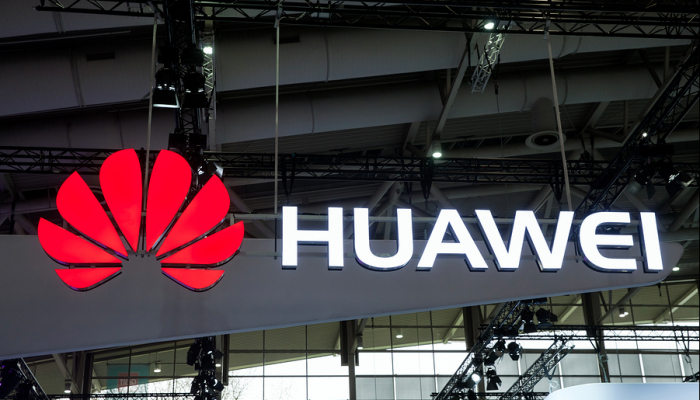Huawei Enters the World of e-Readers and Home Offices

The Chinese tech giant is launching a whole range of new consumer devices, from printers, tablets and laptops to a real e-reader.
The Chinese tech giant has been out of business with smartphones in our regions for a while, so it has diversified its portfolio on the consumer side. At Mobile World Congress in Barcelona, the company showed a whole range of devices that should make us forget what we got to know Huawei for in the first place.
This includes the company’s first e-reader. The so-called MatePad Paper should combine the typical e-reader feeling with that of a notepad. On board is a link to the Huawei Books store, which should contain about two million books, and there is support for all kinds of e-reader formats, including PDF, of course.
It is striking that the device comes standard with a stylus to take notes with it, and there is a built-in microphone for sound recordings. All of this also runs on HarmonyOS, Huawei’s operating system, and you can install apps from the company’s App Gallery on it. As a result, the device at times looks more like a tablet than a traditional e-reader. A kind of hybrid variant, so, with an E Ink screen. The price is also hybrid, and the device would be for sale for about 500 euros later this year. That is expensive for an e-reader, and is already more in the direction of a large tablet.
The MatePad Paper is a novelty in an ever-expanding range. On the same day, Huawei also announced a new laptop (the MateBook X Pro), its first proprietary all-in-on PC (MateStation X), a tablet (MatePad), a portable speaker and also Huawei’s first printer.
It should be clear that the company is committed to the home office, with just about anything that is not a traditional smartphone and can therefore run on the HarmonyOS operating system. In the words of Richard Yu, CEO of Huawei Consumer Business Group, the company focuses on health, the smart home, travel, the smart office and entertainment. Of course, you can also connect all those devices to each other, and you will be able to drag files from one device to another, as with Samsung’s office devices, for example, via a system that Huawei calls Super Device.